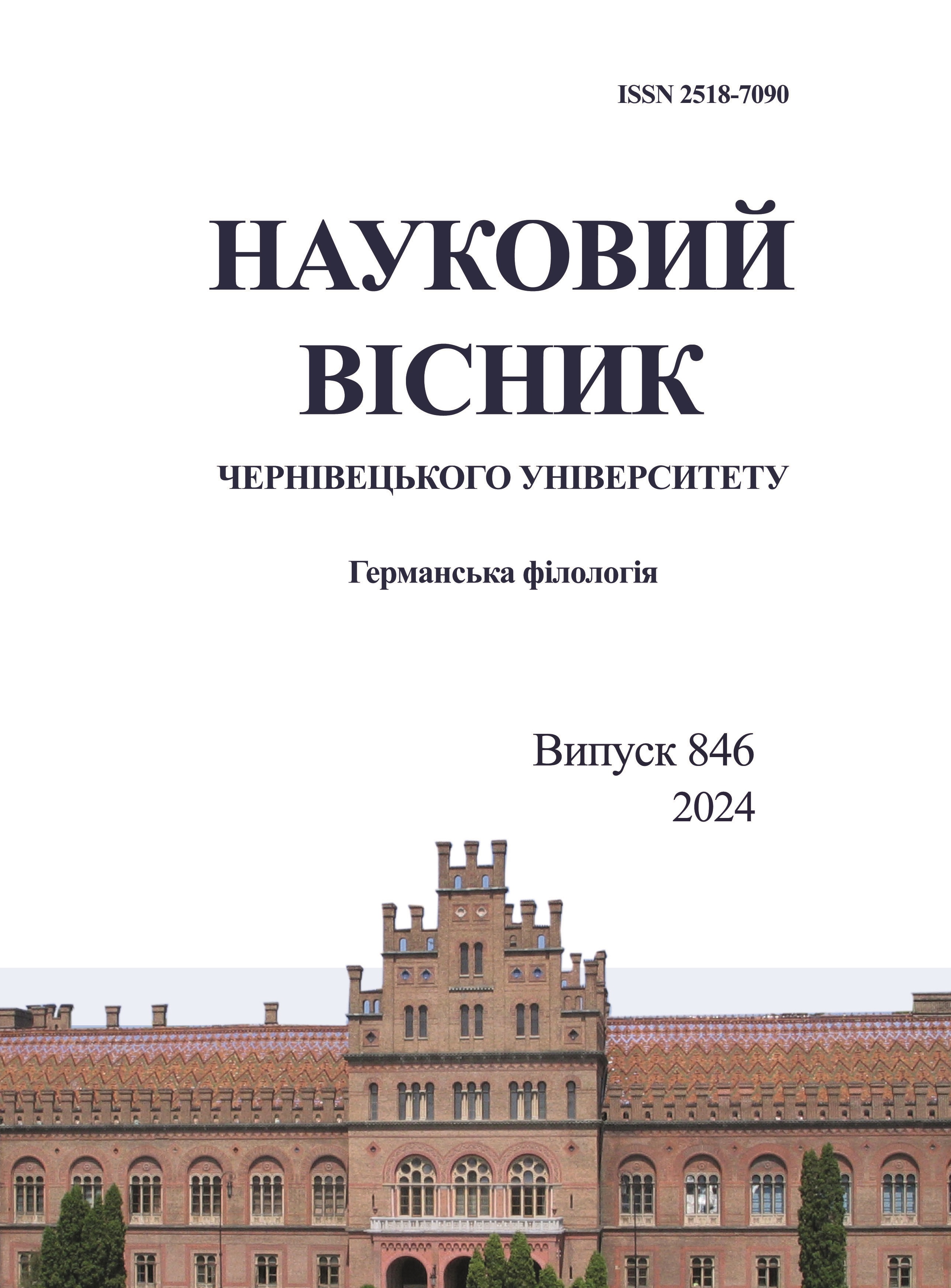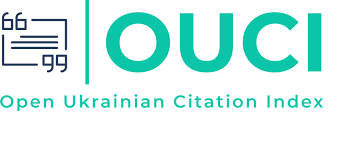ОСОБЛИВОСТІ ПЕРЕКЛАДУ АНГЛОМОВНИХ ТЕРМІНІВ У ГАЛУЗІ УРОЛОГІЇ
DOI:
https://doi.org/10.31861/gph2023.846.111-121Ключові слова:
адекватність, анатомія, еквівалент, епонім, етимологія, транскодування, транскрипція, урологіяАнотація
Стаття присвячена медичному перекладу, а саме труднощам перекладу сучасних англійських термінів у галузі урології. Це область медичної науки, в якій за останні десятиліття спостерігається значний науково-технічний прогрес. Кількість нових слів, імен і складних термінів, які з’являються у цій галузі, зростає в геометричній прогресії. З перекладознавчої точки зору ця галузь є досить складною, а переклад її термінології надзвичайно важливий.
У статті описуються лексико-семантичні та структурні особливості та труднощі перекладу англійської термінології в галузі урології. Акцентовано увагу на такому понятті, як модифікація перекладу, де особливе місце належить фонетичній подібності термінів у мові оригіналу та перекладу. Розглянуті способи передбачали переклад цих термінів за допомогою паралельних форм – як спільнокореневих з англійською, так і їх паралельних форм, які не мають спільних морфем з латинською та грецькою мовами. Важливо зазначити, що деякі терміни мають паралельні форми у мові перекладу – такі як
уретра = сечовід = urethra, тому важливе розуміння використання того чи іншого терміну в залежності від контексту його вживання.Стаття підкреслює необхідність створення спеціалізованих термінологічних словників, які слугуватимуть досягненню однозначності та точності при перекладі медичної лексики у сфері урології. Також у статті розглянуті основні принципи термінології та наведено приклади, які як підтверджують їх, так і в деяких випадках спростовують (випадки вживання епонімів).
Здійснений кількісний аналіз вказує на те, що керівним принципом перекладу термінів у галузі урології є транскодування – досягнення максимальної точності та однозначності перекладу через фонетичну схожість терміну мовою оригіналу та перекладу. Крім цього, досліджено, що дослівний переклад та добір еквівалента використовують вдвічі рідше, ніж вищезгадану модифікацію.
Проведене дослідження доводить важливість правильного перекладу термінів у галузі урології та розглядає особливості перекладу англомовних термінів на українську мову. Результати дослідження можуть бути корисні для перекладачів та фахівців з урології, які працюють з українськомовними пацієнтами.







